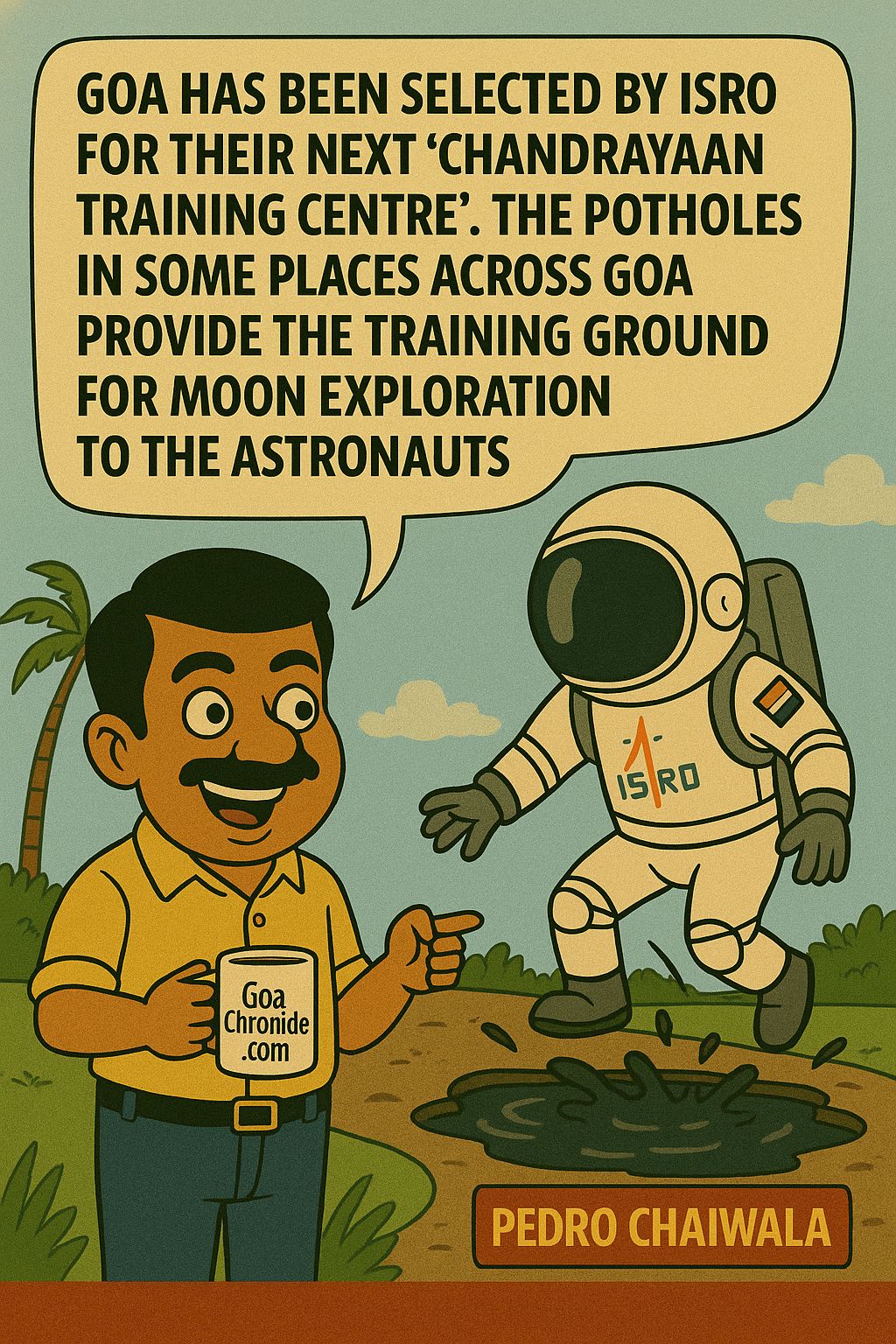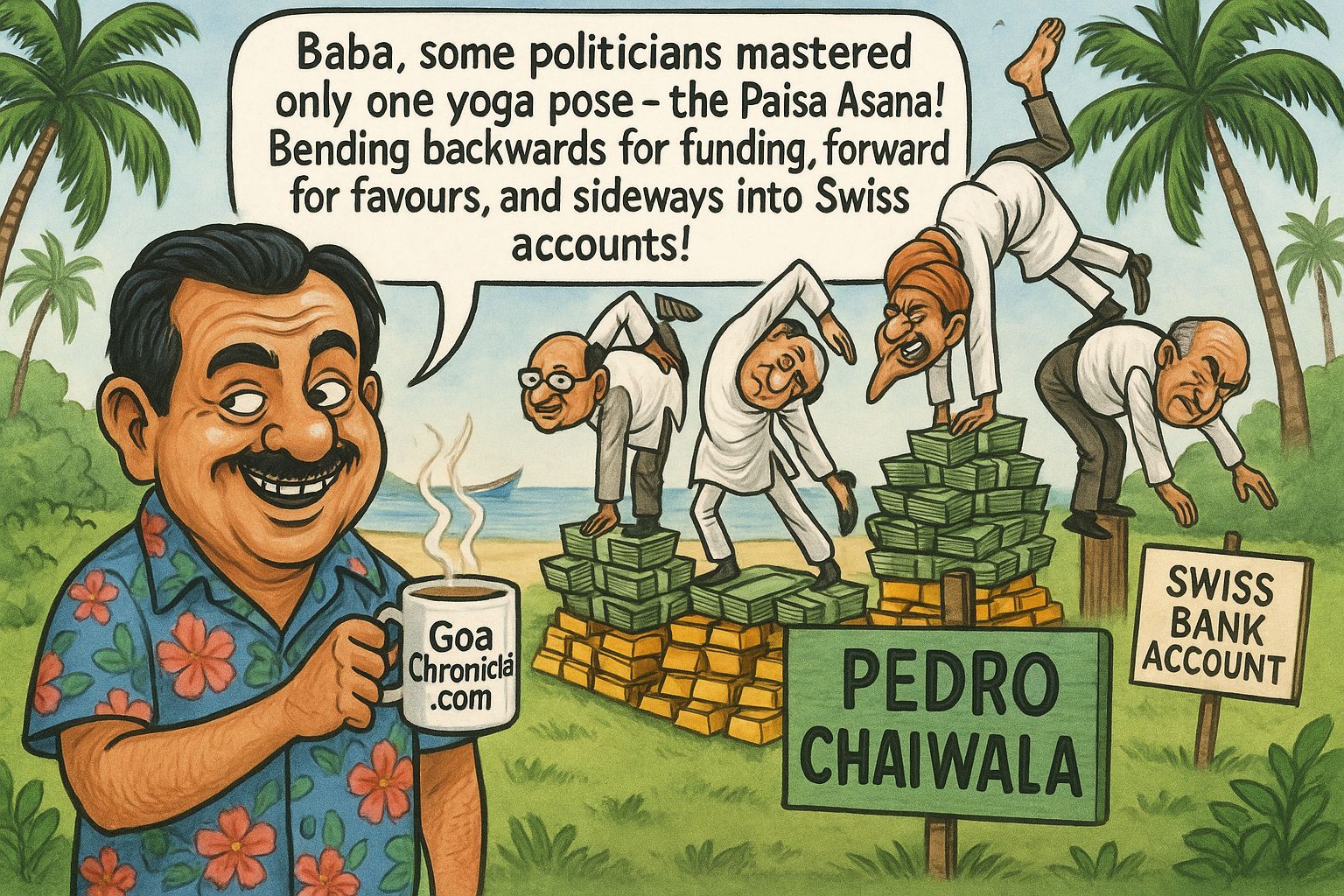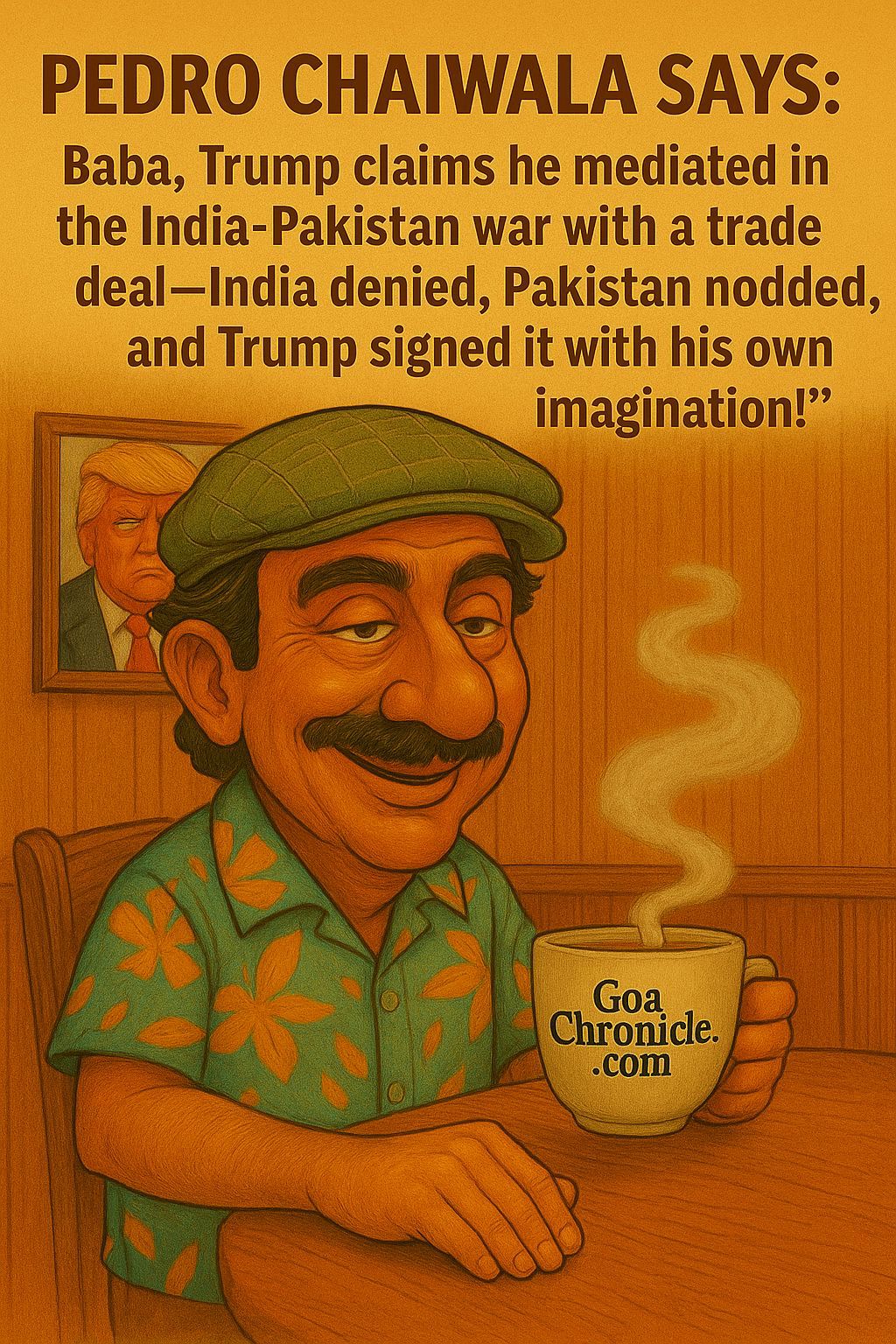Washington/New Delhi: India and the US announced a new initiative – the US-India COMPACT – Catalyzing Opportunities for Military Partnership, Accelerated Commerce & Technology for the 21st Century – to drive transformative change across key pillars of cooperation – defence, investment and trade, energy security, technology and innovation, multilateral cooperation, people to people connection.
According to the joint statement, following talks between PM Narendra Modi and US President Donald Trump, the two sides firmed up a new 10-year Framework for the U.S.-India Major Defense Partnership in the 21st Century, which will be signed this year.
The US would expand defense sales and co-production with India to strengthen interoperability and defense industrial cooperation.
“The leaders welcomed the significant integration of US-origin defense items into India’s inventory to date, including C‑130J Super Hercules, C‑17 Globemaster III, P‑8I Poseidon aircraft; CH‑47F Chinooks, MH‑60R Seahawks, and AH‑64E Apaches; Harpoon anti-ship missiles; M777 howitzers; and MQ‑9Bs.
“The leaders determined that the U.S. would expand defense sales and co-production with India to strengthen interoperability and defense industrial cooperation. They announced plans to pursue this year new procurements and co-production arrangements for “Javelin” Anti-Tank Guided Missiles and “Stryker” Infantry Combat Vehicles in India to rapidly meet India’s defense requirements.”
India is to procure six additional P-8I Maritime Patrol aircraft to enhance its maritime surveillance following agreement on sale terms.
The two sides will review their respective arms transfer regulations, including International Traffic in Arms Regulations (ITAR), in order to streamline defense trade, technology exchange and maintenance, spare supplies and in-country repair and overhaul of U.S.-provided defense systems.
They called for opening negotiations this year for a Reciprocal Defense Procurement (RDP) agreement.
They called for accelerating defense technology cooperation across space, air defense, missile, maritime and undersea technologies.
The US announced a review of its policy on releasing fifth generation fighters and undersea systems to India.
They announced a new initiative – the Autonomous Systems Industry Alliance (ASIA) – to scale industry partnerships and production in the Indo-Pacific.
[The Autonomous Systems Industry Alliance refers to India-US cooperation in the area of underwater domain awareness technologies.
The US has offered a few co-production and co-development opportunities for UDA technologies, on commercial basis.
India is the very first country with whom US defence industry has offered to work with on these sensitive technologies.
Discussions are ongoing between concerned US companies and potential Indian partners in this regard. Some of the technologies offered are as follows:
• Sea Picket autonomous surveillance system with sonar acoustic array (produced by Thayer Mahan)
• Wave Glider unmanned surface vehicle systems (negotiations ongoing between Liquid Robotics/Boeing and Sagar Defence Engineering for co-production of 60 Wave Glider platforms in India)
• Low Frequency Active Towed Sonar (discussions ongoing with L3 Harris for co-development with Bharat Electronics)
• Multi-Static Active (MSA) sonobuoys (discussions ongoing with Ultra-Maritime for co-production with Bharat Dynamics Ltd.)
• Large Diameter Autonomous Undersea Vehicles (Dive LD) (produced by Andruil)
• Triton autonomous underwater and surface vehicle (produced by Ocean Aero).
ASIA covers all these areas of co-development and co-production]
The two sides announced enhanced logistics and intelligence sharing; and security cooperation engagements.
Trade and Investment
They two sides set up a new goal for bilateral trade – “Mission 500” – aiming to more than double total bilateral trade to $500 billion by 2030.
The first tranche of a mutually beneficial, multi-sector Bilateral Trade Agreement (BTA) would be ready by fall of 2025.
They agreed to demonstrate mutual commitment to address bilateral trade barriers.
“The United States welcomed India’s recent measures to lower tariffs on U.S. products of interest in the areas of bourbon, motorcycles, ICT products and metals, as well as measures to enhance market access for U.S. agricultural products, like alfalfa hay and duck meat, and medical devices. India also expressed appreciation for U.S. measures taken to enhance exports of Indian mangoes and pomegranates to the United States. Both sides also pledged to collaborate to enhance bilateral trade by increasing U.S. exports of industrial goods to India and Indian exports of labor-intensive manufactured products to the United States. The two sides will also work together to increase trade in agricultural goods.”
The leaders “welcomed ongoing investments by Indian companies worth approximately $7.35 billion, such as those by Hindalco’s Novelis in finished aluminum goods at their state-of-the art facilities in Alabama and Kentucky; JSW in steel manufacturing operations at Texas and Ohio; Epsilon Advanced Materials in the manufacture of critical battery materials in North Carolina; and Jubilant Pharma in the manufacture of injectables in Washington. These investments support over 3,000 high-quality jobs for local families.”
Technology and Innovation
The two sides announced the launch of the US-India TRUST (“Transforming the Relationship Utilizing Strategic Technology”) initiative – which will catalyze government-to-government, academia and private sector collaboration to promote application of critical and emerging technologies in areas like defense, artificial intelligence, semiconductors, quantum, biotechnology, energy and space.
The two sides put forward a U.S.-India Roadmap on Accelerating AI Infrastructure by the end of the year.
They will work together to enable industry partnerships and investments in next generation data centers, cooperation on development and access to compute and processors for AI.
They announced launch of INDUS Innovation – a new innovation bridge modeled after the successful INDUS-X platform, that will advance U.S.-India industry and academic partnerships and foster investments in space, energy, and other emerging technologies.
Pharma: They announced expanding Indian manufacturing capacity, including in the U.S., for active pharmaceutical ingredients for critical medicines.
The two sides announced aunch of the Strategic Mineral Recovery initiative – a new U.S.-India cooperative program to recover and process critical minerals (including lithium, cobalt, and rare earths) from heavy industries like aluminum, coal mining and oil and gas.
An MoU was signed – for a new partnership between the U.S. National Science Foundation and the Indian Anusandhan National Research Foundation in researching critical and emerging technologies
[On February 11, 2025, Director of US NSF Sethuraman Panchanathan, and Chief Executive Officer of ANRF, Abhay Karandhikar, signed a Memorandum of Cooperation between US NSF and ANRF.
The MoU will serve as a general framework of cooperation between both Participants to facilitate discussions and to chart out more specific programs of collaboration on critical and emerging technologies. This can include opening up funding opportunities for collaborative proposals between Indian and US researchers, joint peer-review of research projects and proposals between ANRF and NSF, joint conferences and workshops, etc.]
Energy Security
The two sides re-committed to the U.S.-India Energy Security Partnership, including in oil, gas, and civil nuclear energy
US announced its support for India to join the International Energy Agency as a full member.
They agreed to fully realize the U.S.-India 123 Civil Nuclear Agreement – by moving forward with plans to work together to build U.S.-designed nuclear reactors in India through large scale localization and possible technology transfer
The two sides are to unlock plans to build large U.S.-designed reactors and enable collaboration to develop, deploy and scale up nuclear power generation with advanced small modular reactors.
People to People
There was recognition that the 300,000 strong Indian student community contributes to over $8 billion annually to the U.S. economy which helped create a number of direct and indirect jobs.
They agreed to strengthen collaborations between the higher education institutions through efforts such as joint/dual degree and twinning programs, establishing joint Centres of Excellence, and setting up of offshore campuses of premier educational institutions of the U.S. in India.
They were committed to streamlining avenues for legal mobility of students and professionals, and facilitating short-term tourist and business travel, while also aggressively addressing illegal immigration and human trafficking
They agreed to strengthen law enforcement cooperation to take decisive action against organized crime syndicates, including narco-terrorists, human and arms traffickers as well as other elements who threaten public and diplomatic safety and security, and the sovereignty and territorial integrity of both nations
Multilateral Cooperation
They reaffirmed commitment to Quad and Indo – Pacific
During the Quad Leaders’ Summit in India – PM Modi would host President Trump
They agreed on a plan to convene partners from the India-Middle East-Europe Corridor and the I2U2 Group within the next six months in order to announce new initiatives within 2025.
They announced launch of the Indian Ocean Strategic Venture – new bilateral, whole-of-government forum to advance coordinated investments in economic connectivity and commerce.
Meta’s announcement of a multi-billion, multi-year investment in an undersea cable project – is to begin work this year and ultimately stretch over 50,000 km to connect five continents and strengthen global digital highways in the Indian Ocean region and beyond.
They announced plans to build new plurilateral anchor partnerships in the Western Indian Ocean, Middle East, and Indo-Pacific to grow relationships, commerce and cooperation across defense, technology, energy and critical minerals
The two sides condemned terrorism; called out Pakistan – to bring perpetrators of 26/11 and Pathankot to justice; and ensure that its territory is not used to carry out cross-border terrorist attacks
The U.S. announced that the extradition to India of Tahawwur Rana has been approved
































